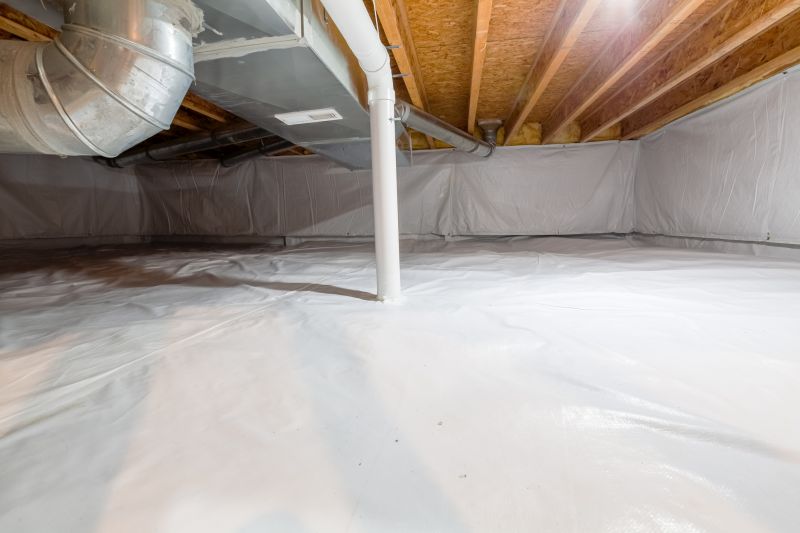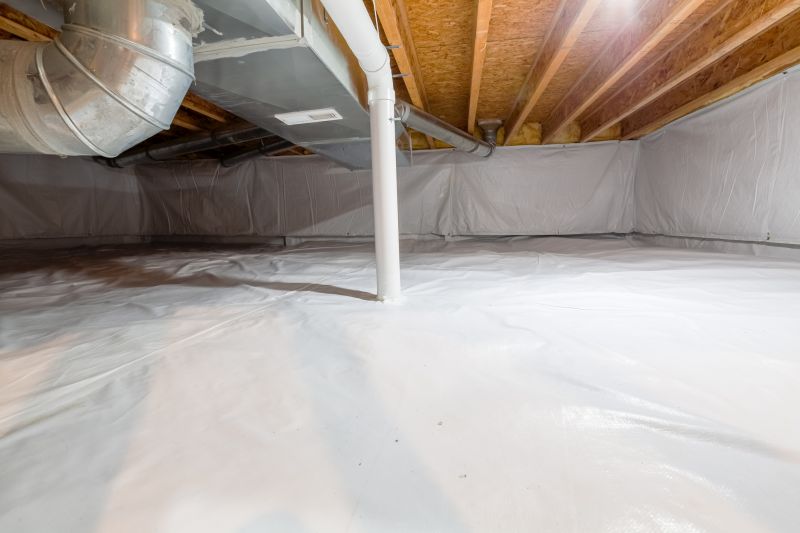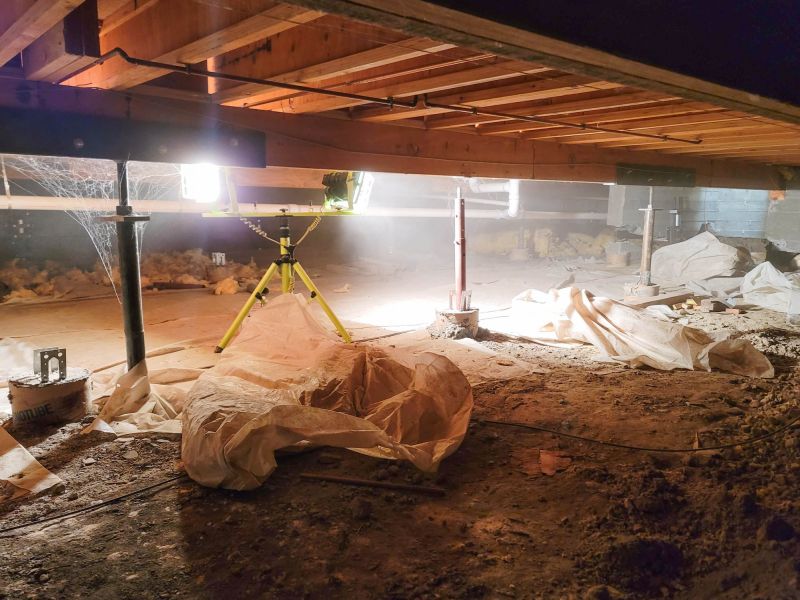Expert Crawlspace Encapsulation to Prevent Mold Growth
Crawlspace encapsulation involves sealing and insulating the crawlspace to prevent moisture intrusion, improve indoor air quality, and protect the structural integrity of the building. Proper encapsulation can significantly reduce energy costs and prevent mold growth, pests, and wood rot.
Encapsulation effectively seals out moisture, reducing mold risk and structural damage caused by excess humidity.
Sealing the crawlspace minimizes heat loss, leading to lower heating and cooling bills.
Reducing mold and dust mites improves indoor air quality and decreases allergy symptoms.




Failure to encapsulate a crawlspace can lead to serious issues. Unsealed crawlspaces are prone to moisture buildup, which can cause mold growth, wood rot, and pest infestations. These problems not only compromise the structural safety of the property but also contribute to poor indoor air quality, leading to health concerns for occupants. Studies indicate that homes with unsealed crawlspaces can experience energy losses of up to 15%, increasing utility expenses.
| Risks of Not Encapsulating | Potential Consequences |
|---|---|
| Moisture Intrusion | Mold growth and wood rot |
| Pest Infestation | Damage to structural components |
| Energy Loss | Higher heating and cooling costs |
| Poor Indoor Air Quality | Allergy and respiratory issues |
| Structural Damage | Foundation weakening and sagging |
| Increased Maintenance | Frequent repairs and remediation |
| Decreased Property Value | Reduced market appeal |
Implementing crawlspace encapsulation provides a barrier against moisture and pests, enhances energy efficiency, and promotes healthier indoor environments. Proper sealing and insulation are essential for maintaining the integrity and comfort of a building.
Interested in improving your property's condition? Fill out the contact form to receive a personalized quote for crawlspace encapsulation services and take the first step toward a healthier, more energy-efficient home.
